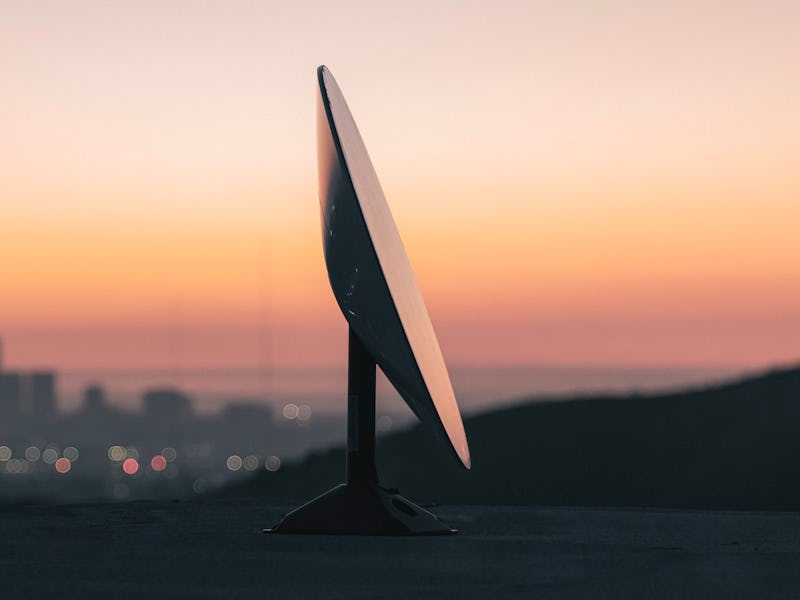SpaceX Starlink public beta: Elon Musk teases next phase of plans
SpaceX's internet connectivity constellation is coming together, and the firm is set to roll it out to more places.

Starlink, the ambitious internet constellation from SpaceX, looks set to reach more people.
On Friday, CEO Elon Musk declared via his Twitter page that a public beta would launch "very soon," targeting people in higher latitudes "like Seattle." The move would mean that SpaceX will continue to stick to the timetable Musk outlined in April, when he claimed a private beta test would start in around three months (July) and a public test in around six months (October).
Details for how to sign up to the beta service are scarce, but Starlink's website offers a signup page where interested people can input their e-mail and physical address to stay up to date.
It's a big step forward for Starlink, which is aiming to provide speeds of around one gigabit per second and response times comparable to a ground-based internet connection. This would be a major improvement over existing satellite services, which offer higher latencies and slower speeds.
"Starlink is designed to enable competitive gaming," Musk posted on Twitter, referring to how these tasks require lightning-fast response times.
SpaceX is able to offer these better connections thanks to a larger number of satellites orbiting much closer to the Earth's surface. These craft orbit at 550 kilometers, and SpaceX has applied for permission to launch 42,000 in total. SpaceX launched the first batch of 60 satellites in May 2019, and at the time of writing, it's launched a total of 12 batches of satellites.
A batch of Starlink satellites launching on a Falcon 9.
Early beta tests have shown the constellation holds great promise. This week, CNBC reported that Washington state emergency responders had been trying out the service. The pizza-shaped ground terminal, used to connect with the satellites above, took the team five to 10 minutes to set up. Richard Hall, emergency telecommunications leader of the Washington State Military Department’s IT division, said that he has "never set up any tactical satellite equipment that has been as quick to set up, and anywhere near as reliable."
Beta tests have so far focused on higher latitudes. Documents provided to testers revealed the company is targeting places between 44 and 52 degrees latitude in the northern United States and lower Canada. Users are chosen based on how many other users there are in the area, and whether they have a clear view of the northern sky.
As for when Starlink might move further south? It's likely to take some time, Musk suggested on Twitter Friday. Responding to a question about when the service could reach the Brownsville, Texas area – near where SpaceX is developing the Mars-bound Starship rocket – Musk noted the area "is quite far south, so probably 3 months or so for good connectivity — needs several more Starlink launches." Musk added that he's "using it at the little house I rent in the area," but it's "definitely not good there yet."
Starlink is aiming to start providing service to the northern United States and Canada this year, moving to "near-global coverage of the populated world" as early as 2021.
But Musk, who plans to build a city on Mars, may not want to stop there. In response to a Twitter question about how he plans to link Starlink to a Mars-based constellation, Musk replied that "high-frequency lasers are the way to go for sure."
The Inverse analysis – Musk has a habit of offering timelines that don't pan out, to the extent that "Elon time" has its own entry in Urban Dictionary. That said, it seems his timeline back in April for Starlink beta tests is mapping out quite well. That could mean the company's rollout plans are progressing on time, which would suggest a full launch is around the corner.
For the Americans that want Starlink, frustrated by glacial satellite services and ignored by big-name fiber providers, the launch can't come soon enough.